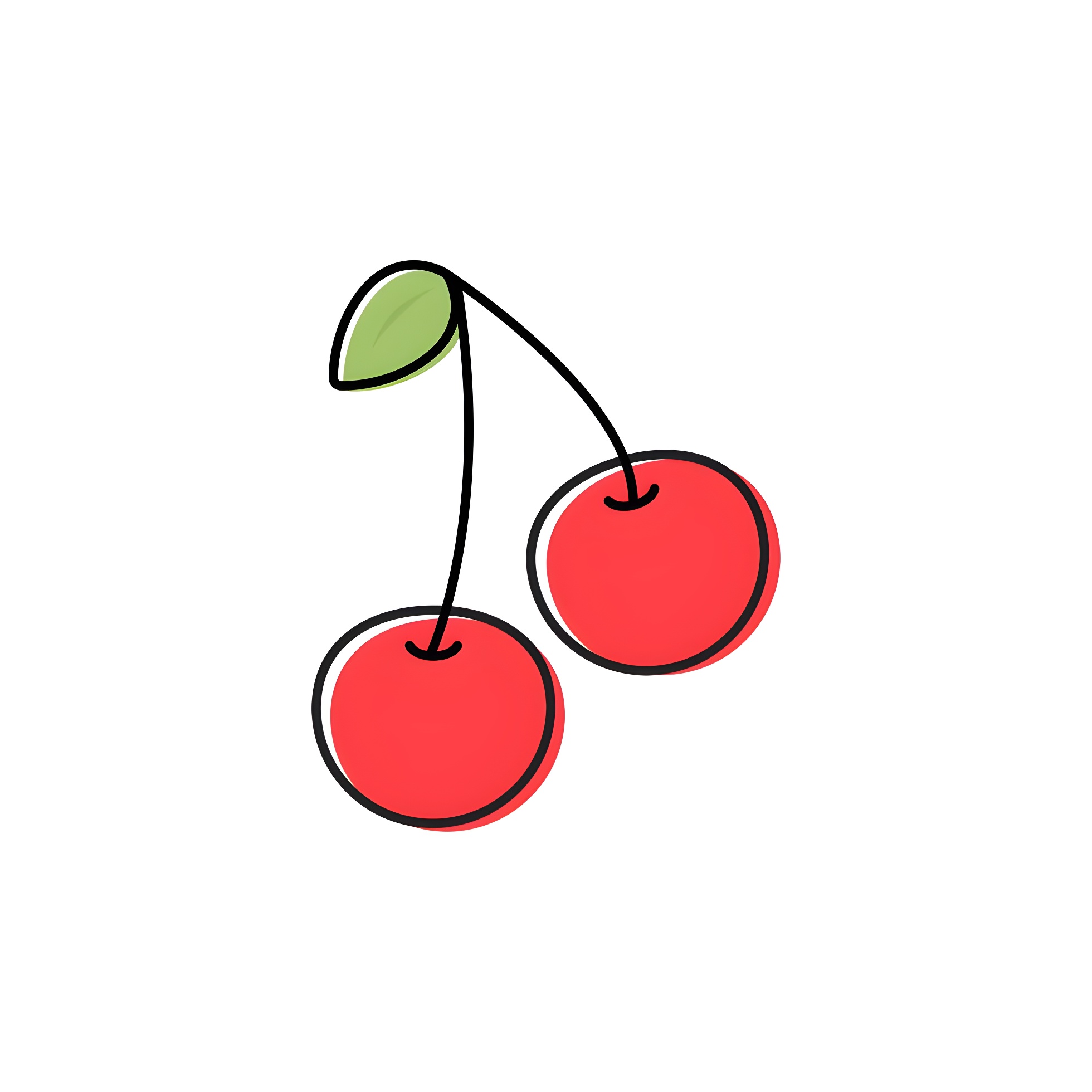Combining Functions
- Calculus 1.2
Basic Operations on Functions
Like numbers, functions can be combined using basic operations such as addition, subtraction, multiplication, and division. If $f$ and $g$ are two functions, we can define new functions on their common domain $D(f) \cap D(g)$ as follows:
- Addition: $(f+g)(x) = f(x) + g(x)$
- Subtraction: $(f-g)(x) = f(x) - g(x)$
- Multiplication: $(fg)(x) = f(x)g(x)$
- Division: $(f/g)(x) = \frac{f(x)}{g(x)}$ for $g(x) \neq 0$
Composition of Functions
The composition of two functions $f$ and $g$ is a new function defined by applying one function to the result of the other. It can only be performed when the range of the first function is a subset of the domain of the second function, i.e. $g(X) \subset D(f)$. The composition of $f$ and $g$ is denoted by $f \circ g$ and is defined as:
\[ f \circ g (x) = f(g(x)) \]

A diagram showing the composition of two functions
Shifting
The shifting of a function is a transformation that moves the graph of the function in the coordinate plane. There are two types of shifts: vertical and horizontal.
-
Vertical Shift: $y = f(x) + k$ shifts the graph in the vertical direction.
- If $k > 0$, the graph shifts up.
- If $k < 0$, the graph shifts down.
-
Horizontal Shift: $y = f(x - h)$ shifts the graph in the horizontal direction.
- If $h > 0$, the graph shifts to the right.
- If $h < 0$, the graph shifts to the left.
Both types of shifts can also be performed simultaneously.
Scaling and Reflection
Scaling is a transformation that stretches or compresses the graph of a function in the vertical or horizontal direction. There also are two types of scaling: vertical and horizontal.
-
Vertical Scaling: $y = kf(x)$ scales the graph vertically.
- If $k > 1$, the graph stretches vertically.
- If $0 < k < 1$, the graph compresses vertically.
-
Horizontal Scaling: $y = f(kx)$ scales the graph horizontally.
- If $k > 1$, the graph compresses horizontally.
- If $0 < k < 1$, the graph stretches horizontally.
Reflection is a transformation that flips the graph of a function across a line.
- Reflection across the x-axis: $y = -f(x)$ reflects the graph across the x-axis.
- Reflection across the y-axis: $y = f(-x)$ reflects the graph across the y-axis.
We can think of the reflection as a special case of scaling, where the scaling factor is exactly $k = -1$. Scaling for any $k<0$, can be regarded as a reflection followed by a scaling with $|k|$.
